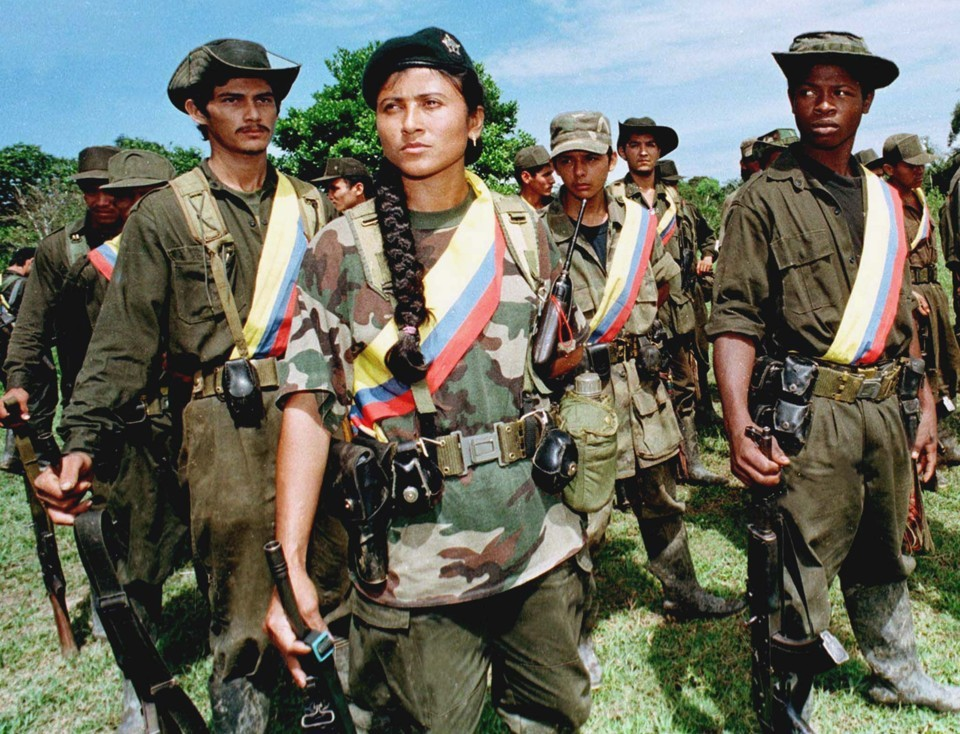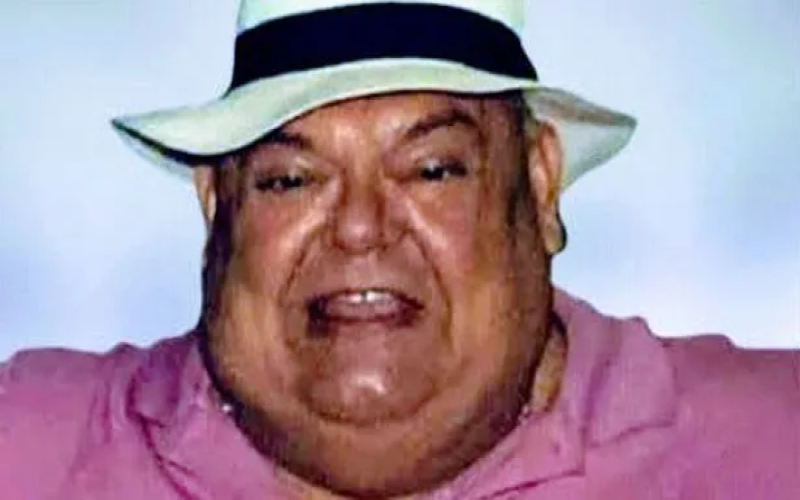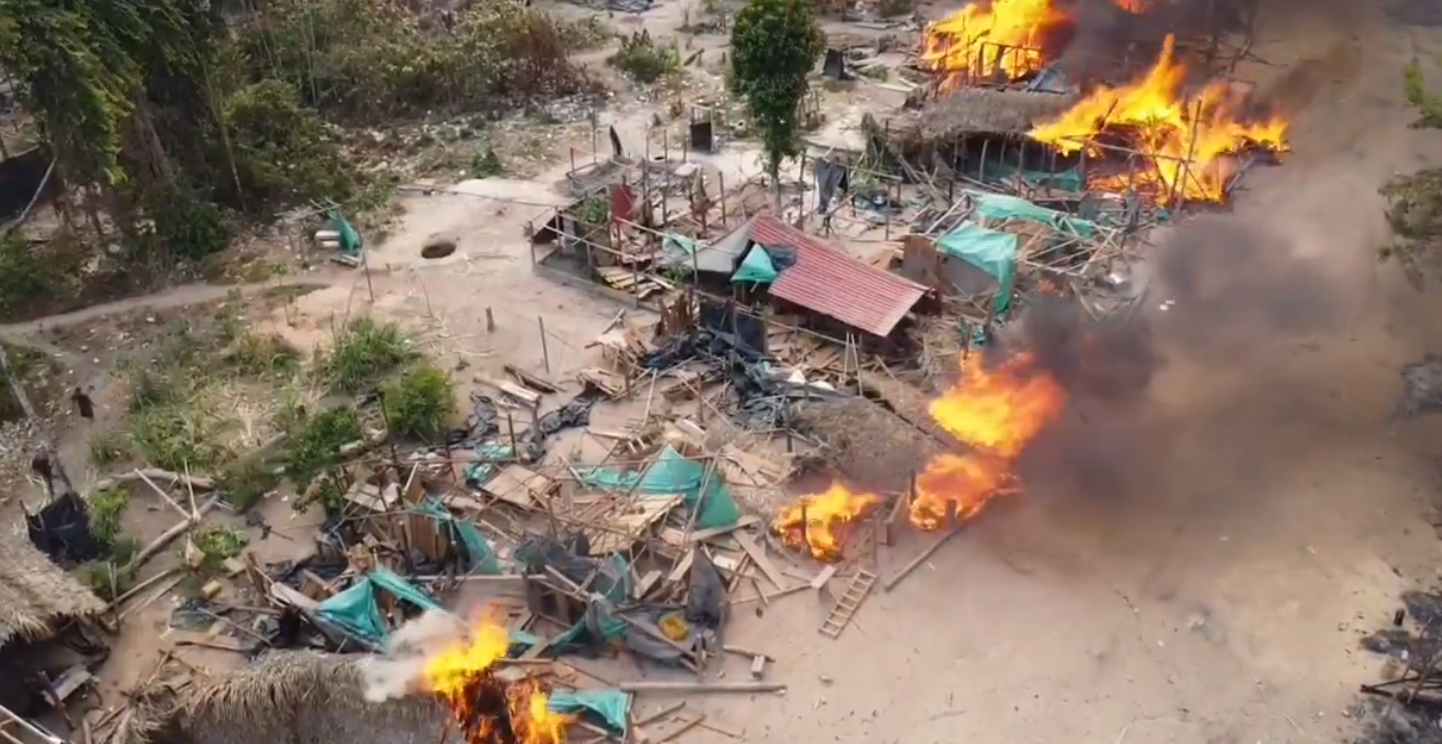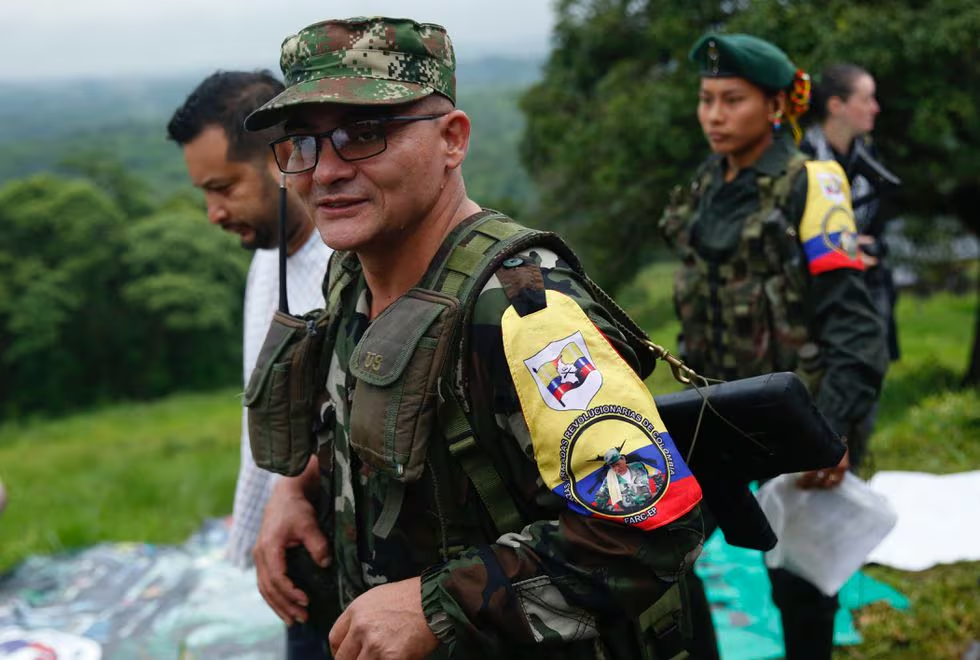A former Venezuelan general was sentenced to over 21 years in prison on Monday, drawing a close to a months-long trial in New York over the general’s material support for the Revolutionary Armed Forces of Colombia (FARC).
Drug Smuggling and Arms Dealing:
The general, Cliver Alcala, was originally brought in on charges of providing material support to a terrorist group, the illicit transfer of firearms, and conspiracy to smuggle cocaine into the United States alongside several other military and political figures, which supposedly included Venezuela’s President, Nicolas Maduro.
Alcala denied the narcotics smuggling charges, claiming that the general had met with CIA agents in 2017 and 2020 in order to plan a revolt against Maduro, a claim that his defense attorneys argued would have prevented him from conspiring with Maduro.
Alcala had previously pleaded guilty to the counts of providing material support and the illicit transfer of firearms in late June in a bid to reduce prison time, but chose to fight the claims of narcotics smuggling. However, prosecutors have suggested a sentence of 30 years.

Prosecutors further claimed that Alcala received millions of dollars in bribes in exchange for protecting the FARC’s cocaine shipments across the Caribbean from the Venezuelan military while also supplying the narco-terrorist group with advanced weaponry to be used in their ongoing war against the Colombian government.
Alcala’s defense attorneys, however, claimed that the general provided support to the FARC under orders from Venezuela’s late President Hugo Chávez, further denying the general’s hand in narcotics smuggling before requesting that Alcala be sentenced to no more than six years in prison.
The former general was extradited from Colombia in 2020, where he had been living since the death of Chavez in 2013 and his subsequent falling out with Maduro’s government. The original indictment claimed that Alcala had been leading drug trafficking operations for the FARC since a 2008 meeting with socialist party leader Diosdado Cabello alongside the former head of the military intelligence unit, Hugo Carvajal.
This comes months after another Venezuelan citizen by the name of Carlos Orense was convicted on three counts of drug trafficking and criminal weapons possession in December, having shipped tens of thousands of kilograms of cocaine to the United States.

The conviction was largely due to the testimony provided by a former associate of Orense, Antonio Arvelaiz, who revealed to the court that Orense had secured assistance from Alcala and a former military intelligence chief, Hugo Carvajal, in order to transport cocaine into the United States. Arvelaiz further testified that a former chief executive officer of a Venezuelan-owned US oil refiner, Citgo Petroleum, aided Orense in laundering drug money in the mid-2000’s.
The FARC’s Activities in Venezuela:
Venezuela has long been a haven for various armed socialist groups active in Colombia, acting as both a sanctuary from Colombian authorities as well as a vital hub for professional training and weaponry. Following the 2016 disarmament and disbandment of the FARC and the creation of various dissident groups, the largest of which was the Estado Mayor Central (EMC) faction,.
While the Venezuelan government acted as a key member of negotiations between the government and the FARC, the nation would continue to act as a hub for those who rejected the ceasefire. Some analysts have speculated that Venezuela’s acting as a key hub for peace helped facilitate the current command structure of the FARC, which was left largely disorganized following the group’s official disarmament.

While the group has historically operated in Venezuela since the late 20th century, the FARC’s presence in Venezuela would be further established following the rise of Venezuelan socialist Hugo Chavez in 1999. Following Chavez’s rise to power, the Venezuelan government would allegedly grant the FARC and other armed groups leniency within the nation, a move that would provide a sanctuary from both government forces and the United Self-Defense Forces of Colombia (AUC), Colombia’s largest right-wing paramilitary force.
The FARC, alongside another communist guerilla group known as the National Liberation Army (ELN), continues to have a number of criminal operations in Venezuela, which act as a key source of income for the group’s operations. These operations include both narcotics production and smuggling as well as illegal mining, a number of criminal operations that especially affect South America due to the continent’s large material wealth and security crises.
FARC-EMC:
The FARC, otherwise known as the Revolutionary Armed Forces of Colombia, were originally leftist guerillas dedicated to bringing class revolution to Colombia during a period in the nation’s history known as “La Violencia,” otherwise known as the Violence. This period followed the assassination of the Liberal Party’s leader and presidential frontrunner, Jorge Eliécer Gaitán, in 1948, an assassination that would throw Colombia into chaos.
After his death, leftists in Bogota began what is known as the Bogotazo, a massive riot that quickly expanded across Colombia, leading to La Violencia. A number of right-wing paramilitary organizations and leftist guerilla groups would be formed during this period of Colombian history.
One of the most well-known was the Revolutionary Armed Forces of Colombia, or FARC. The group would find its formation after a failed attack in 1964 by the Colombian military on what was known as a self-defense community, one of a number of communist-held areas in rural Colombia. Despite the communists only having 48 active fighters opposed to the 16,000 Colombian soldiers, the group would survive the attack and escape to the nearby mountains where the FARC would be formed.

Since then, the FARC has operated as rebels, launching guerilla attacks on military convoys and strategic targets. Despite originally being made up of only 48 fighters, the group’s ranks would swell to the hundreds in later years. For much of its early history, the FARC would be limited to small-scale guerrilla encounters with government forces, but after what has been coined the “Coca Boom,” a period in which the production of cocaine skyrocketed, the group found itself with more funds to allocate to their operations.
The FARC would expand their operations into urban Colombia following the Seventh Guerilla Conference in 1982, largely due to their increase in funds. The group would also begin to send promising troops to the USSR and Communist Vietnam for advanced training.
The group would enter a ceasefire with the government in October 2023; however, this ceasefire would be dissolved in March following an attack on an indigenous community by the FARC. Following the dissolution, the Colombian military has relaunched offensives against the FARC.


